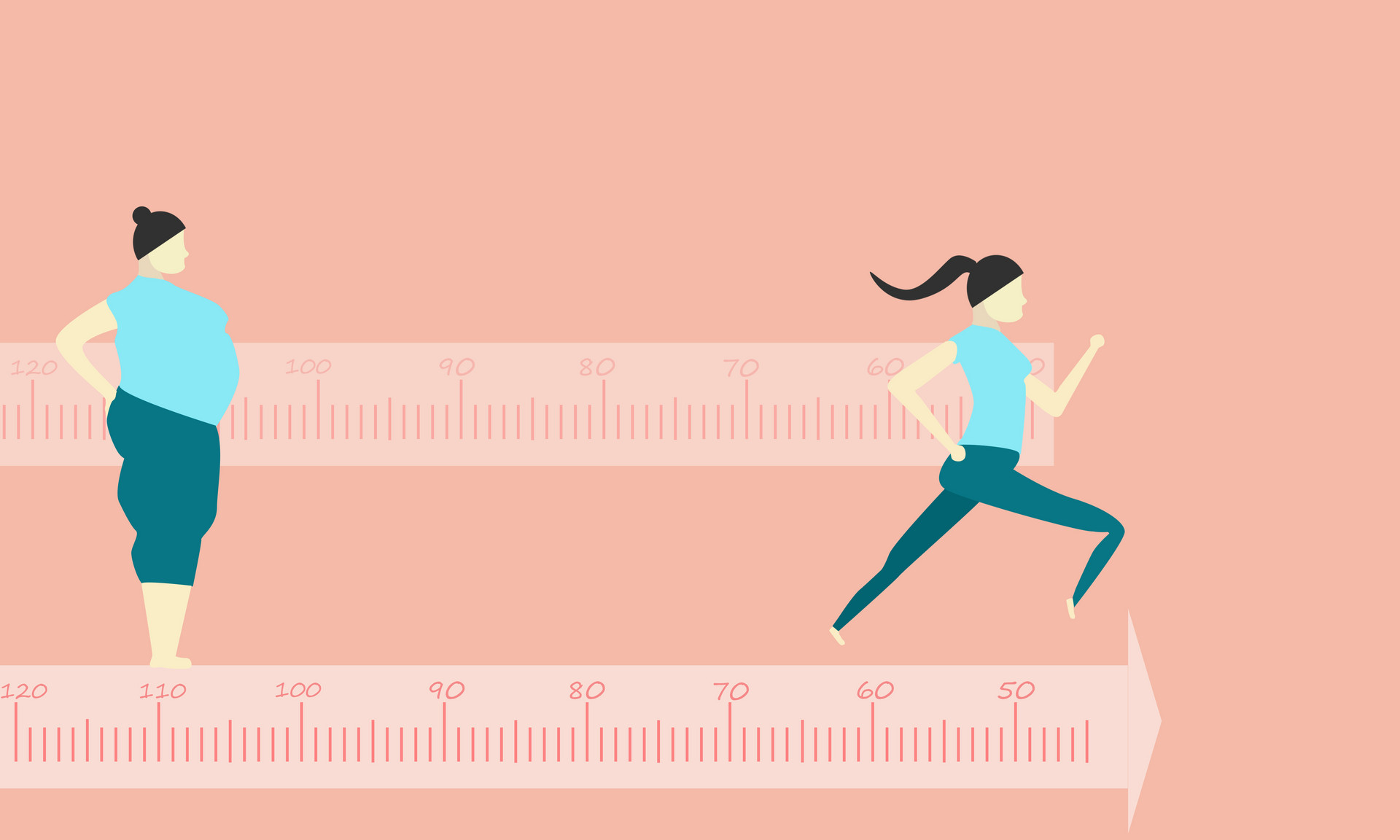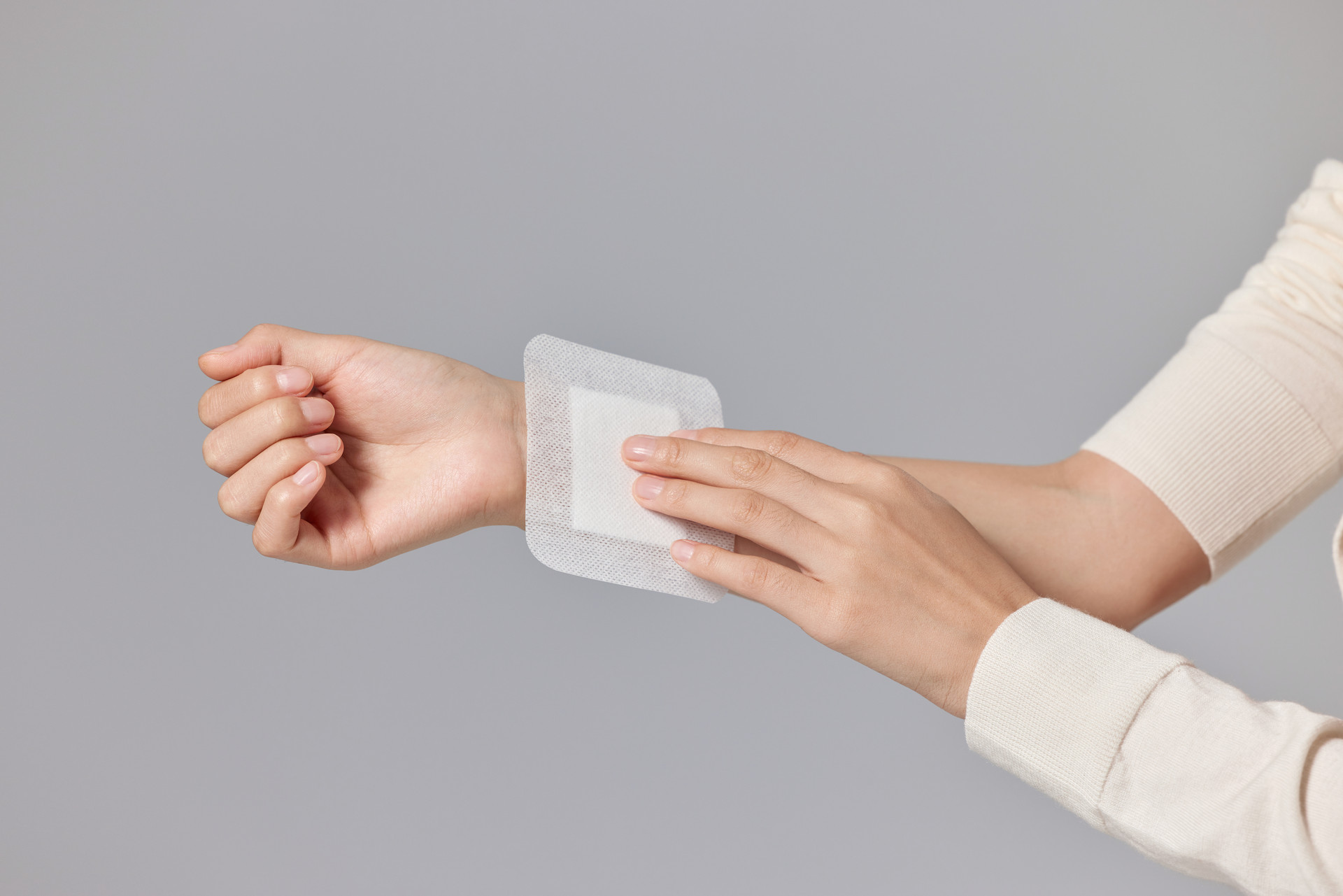Swimming is a worthwhile sport for people of all ages and genders. But do you know the benefits and drawbacks of swimming for women? Let's take a closer look.
Body Shape Transformation
After puberty, women tend to have narrow shoulders, wide hips, and larger lower bodies. This results in a body shape with a long, narrow upper body and short, slender lower body. Swimming exercises various muscle groups such as the shoulders, chest, back, arms, and legs, which helps to develop a well-rounded physique. Swimming can make the chest look fuller and the shoulders broader, creating a strong upper body and a relatively smaller lower body. This gives a sense of natural beauty and symmetry.
Fat Reduction
Swimming consumes more energy compared to land-based exercises due to the higher density and heat transfer properties of water. This increased energy consumption relies on burning sugars and fats stored in the body, making swimming an effective way to reduce body fat and lose weight.
Improvement of Endocrine Function
Regular swimming can help improve hormonal imbalances in women, leading to a more balanced and calm state of mind and smoother, more elastic skin.
Enhancement of Sexual Function
Swimming can effectively enhance female sexual function. Specifically, breaststroke and butterfly stroke exercises the leg muscles, pelvic floor muscles, and abdominal muscles, which are all important for sexual activity. Proper contraction of the pubococcygeus muscle during sexual intercourse can lead to more intense orgasms and a more harmonious sex life.
Increased Uterine Contractions
Swimming not only engages the muscles and joints throughout the body, but also improves cardiovascular function and promotes metabolism. Swimming for at least two hours per week can effectively increase uterine contractions and raise the temperature within the uterus. When swimming, the abdominal area is facing downwards, and the movement of the abdomen stimulates the uterus, accelerating blood circulation and enhancing uterine and vaginal contractions, helping to maintain a youthful uterus.
Prevention and Treatment of Prolapse Diseases
If the pelvic muscles of women become too relaxed, they are prone to conditions such as uterine prolapse, bladder prolapse, and rectal prolapse. Moderate swimming, especially breaststroke and butterfly stroke, can strengthen the pelvic floor muscles and provide support for the uterus and other organs, effectively preventing prolapse diseases. For women who have already developed prolapse diseases, moderate swimming can serve as an adjunctive treatment.
Precautions for Female Swimmers
1. Avoid swimming on an empty stomach or immediately after meals. Swimming on an empty stomach can affect digestion and may cause dizziness and fatigue. Swimming after a heavy meal can also disrupt digestion, leading to stomach cramps, and even nausea and vomiting.
2. It is absolutely forbidden to swim immediately after intense exercise. Entering cold water immediately after sweating can cause a rapid drop in body temperature, weakening the immune system and increasing the burden on the heart.
3. It is best to avoid swimming during menstruation and three to four days before and after menstruation. Although swimming pool water is disinfected, bacteria can still be present. During menstruation and this specific period, women's resistance is lower, making them more susceptible to bacterial invasion and causing gynecological inflammation.












